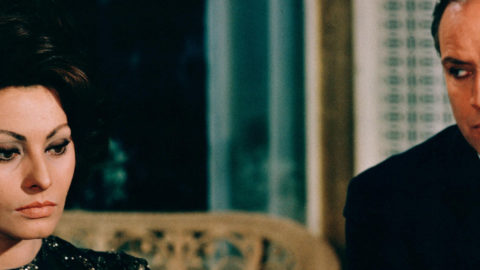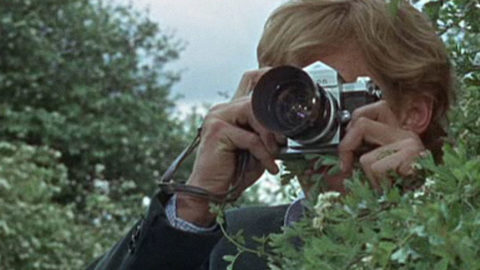Cinema ’67 Revisited: Accident
In my 2008 book Pictures at a Revolution, I approached the dramatic changes in movie culture in the 1960s through the development, production, and reception of each of the five nominees for 1967’s Best Picture Academy Award: Bonnie and Clyde, The Graduate, In the Heat of the Night, Guess Who’s Coming to Dinner, and Doctor Dolittle. In this biweekly column, I’m revisiting 1967 from a different angle. As the masterpieces, pathbreakers, and oddities of that landmark year reach their golden anniversaries, I’ll try to offer a sense of what it might have felt like to be an avid moviegoer 50 years ago, discovering these films as they opened.
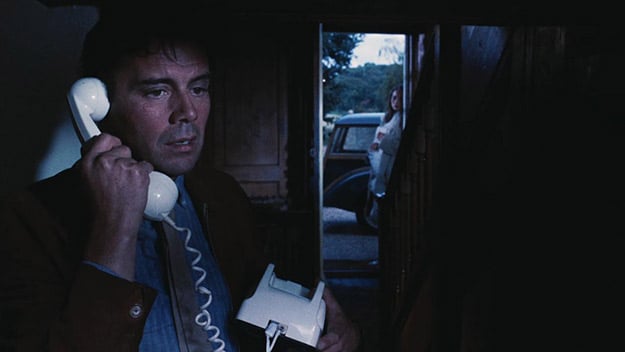
Few major American directors with 40-year careers are as far outside of the cinephile canon circa 2017 as Joseph Losey. The maker of almost three dozen features between the mid-1940s and the mid-1980s—his career had roughly the span of John Huston’s—Losey worked with everyone from Elizabeth Taylor and Richard Burton to Noel Coward, Tom Stoppard, and Jeanne Moreau. Yet the director, who emigrated to Europe after being blacklisted in the 1950s but never slowed down, doesn’t have the reputation of many of his peers, despite occasional art-house screenings. More than 30 years after his death, he remains un-Criterioned and, to a younger generation of cinephiles, largely unknown. That may be in part because there’s no single widely acknowledged classic around which his reputation might coalesce.
Although his 1948 parable about prejudice and ostracism The Boy with Green Hair was a cult hit, most of the Wisconsin-born Losey’s best-known movies were made outside the U.S., and he always felt more like a European director, and after he moved abroad, his reputation reached its apex with three films he made from Harold Pinter scripts, The Servant (1963), Accident (1967), and The Go-Between (1971). Of these, Accident may be the most characteristic merging of their respective styles—Losey’s slightly mannered, detached compositional elegance and Pinter’s gnomic ferocity. It’s a puzzle box of a movie, one that begins with an Oxford don (Dirk Bogarde) hearing, and then discovering, a grisly car wreck outside his home. From there, the movie unfolds in a series of flashbacks presented with so little explanation, at least for the time, that one of the film’s costars, Stanley Baker, complained that three-quarters of Accident’s audience couldn’t understand what was happening when. What emerges is a story of sexual pursuit in triplicate, as a young Austrian woman (Jacqueline Sassard, a beautiful, rather impassive actress who left the business a year after this movie) becomes a locus of obsession for Bogarde, for his student (Michael York), and for his wolfish buddy (Baker).
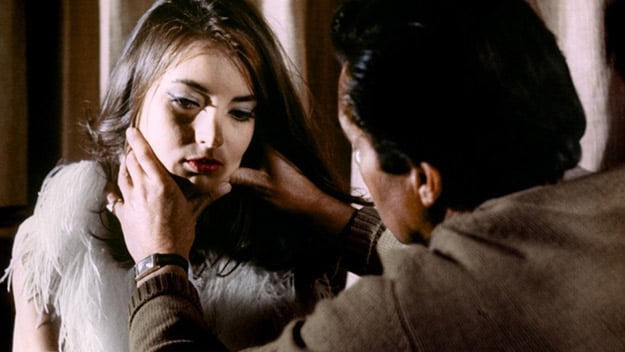
The style of Accident, tonally and visually, is icy and reticent. Losey’s shots are artfully and archly composed, sometimes forcing you to struggle for a moment with what you’re seeing or with what part of the image you should be noticing. Many scenes seem drained of context and also of vitality—bright colors and even ambient sound have been leached out—but they’re all presented as pregnant with meaning. Pinter’s dialogue is so stripped of extraneous words that you’re certain the ones that remain must mean more than they sometimes do. Something—anger, sadness, passion, even annoyed ennui—always feels about to burst through all the restraint, but almost never does. Occasionally, the mood will be broken by a near-shock cut to someone’s face or a barked line of dialogue, but that only makes things more tense. By 1967, this mode had virtually become a genre unto itself; audiences who had lapped up the previous Losey/Pinter/Bogarde collaboration The Servant, or for that matter Last Year at Marienbad or Blow-Up, loved the challenge of a movie that asked them to make sense of its fragments, its half-finished sentences and guarded barbs and calculated omissions, and walk out wondering, But what does it all mean?
Critics couldn’t settle upon an answer—or agree about whether the question was even worth asking—any more than audiences could. The New York Times dismissed Accident as a “teapot tempest.” But The New Yorker’s Brendan Gill, who led a successful charge for the National Society of Film Critics to officially recommend the movie months before awards season, admired Accident as a portrait of a group of people “so charged with the ability to ravage and destroy that even Count Dracula might hesitate to pull up a chair and join their group.” A strong dissent came from John Simon, who had no patience for what he called the “Pinterization” and “Loseyfying” of a movie that he claimed thrived on “seaminess and pseudoconsequence.” Nor was Nicholas Mosley, author of the novel on which Pinter based his script, entirely sold on the adaptation. “Pinter does have the ability to make his audience feel there is something going on behind the events in his characters’ minds,” Mosley said in an interview ten years later, “but this something always seems to be blank, something lost, and thus his characters’ words are the surfaces round a hollow.”
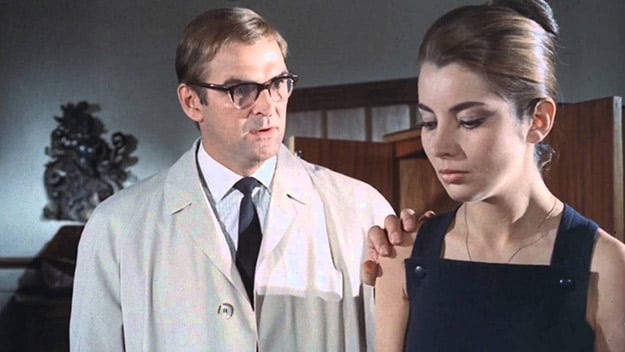
Some people loved Accident’s teasingly oblique atmosphere of moral rot and dankness; others were repelled by it. In 1967, just one year after Mike Nichols’s Who’s Afraid of Virginia Woolf?, making an “adult” movie meant, among other things, showing that marriage is an embittering and unhappy row to hoe and that sexual frustration or repression, not sex itself, is what causes catastrophe. The sexual politics in Accident are, to put it mildly, of their time; Pinter treats the woman at the story’s center as little more than a device, and a climactic rape is presented more as an attempt to possess her than as an act of violence. Marriage, it seems, can drive anyone mad. It was a theme that would persist throughout 1967, whether in broad studio comedies like Divorce American Style and A Guide for the Married Man, or in the ambiguous last shot of the movie that would end the year, The Graduate—or in a studio comedy-drama that would open just weeks after Accident and offer as tough-minded a take on the institution as any art film of the era: Stanley Donen’s Two for the Road. More about that picture, one of the year’s true masterpieces, in two weeks.
How to see it: Some used Region 1 DVDs of Accident are available via third-party sellers on Amazon. (Look for the edition released by Anchor Bay; beware other versions unless you own an all-region DVD player.)
Mark Harris is the author of Pictures at a Revolution: Five Movies and the Birth of the New Hollywood (2008) and Five Came Back (2014).



